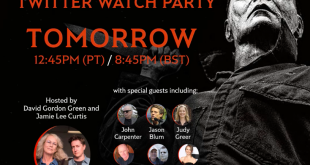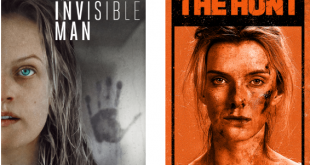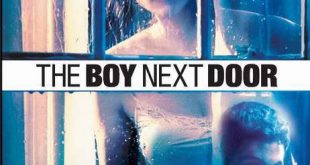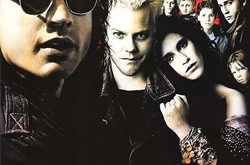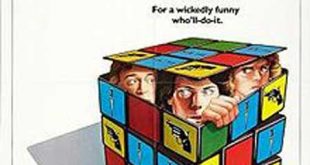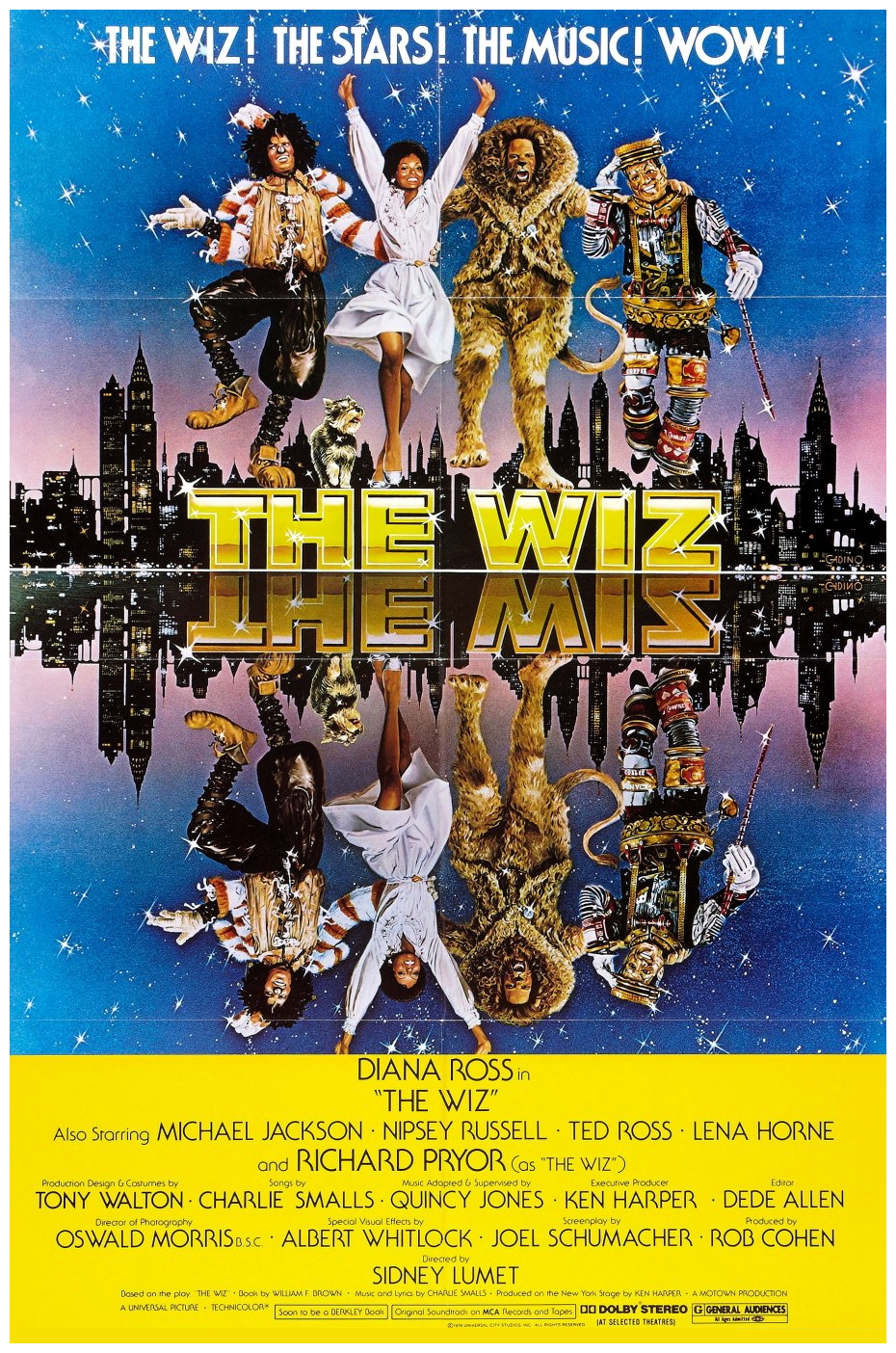
SYNOPSIS:
“Dorothy, a twenty-four-year-old kindergarten teacher born, raised and still working in Harlem, is celebrating Thanksgiving with her extended family, but she doesn’t seem to be thankful for much in life. She lives a self-imposed sheltered life, she is shy and unfulfilled. Things change for her when she is caught in a snowstorm while chasing after her dog Toto. They are transported to the mysterious land of Oz, where she is informed that the only possible way to find her way back home is through the assistance of the powerful wizard in Emerald City. As she goes searching for him, she befriends some creatures who are facing problems in life just as she is. In their quest to find and get help from the wizard, they also face Evillene, the equally evil sister of Evermean, the wicked witch, whom Dorothy inadvertently killed when she arrived in Oz, and who may be their biggest obstacle in achieving their goals.” (Courtesy IMDB)
REVIEW:
First published in 1900, The Wonderful Wizard Of Oz by author L. Frank Baum has been reprinted many times, usually under the title The Wizard Of Oz, adopted from the popular 1902 stage musical and used again for the iconic 1939 film adaptation. This most famous of versions – starring Judy Garland, Ray Bolger, Jack Haley and Bert Lahr – was groundbreaking because of its music, special effects and innovative use of the new Technicolor process. The story has been translated into many other languages and adapted into many other formats – since the original copyright lapsed the characters have been adapted and reused in literally hundreds of unofficial sequels and re-imaginings, some of which have been rather controversial, not least being the 1974 all-black stage production of The Wiz: The Super Soul Musical. Written by Charlie Smalls and William F. Brown, it was an urbanised retelling of the tale in the context of contemporary African-American culture. Winning seven Tony Awards (including Best Musical), The Wiz was an early example of Broadway’s mainstream acceptance of works with an all-black cast.
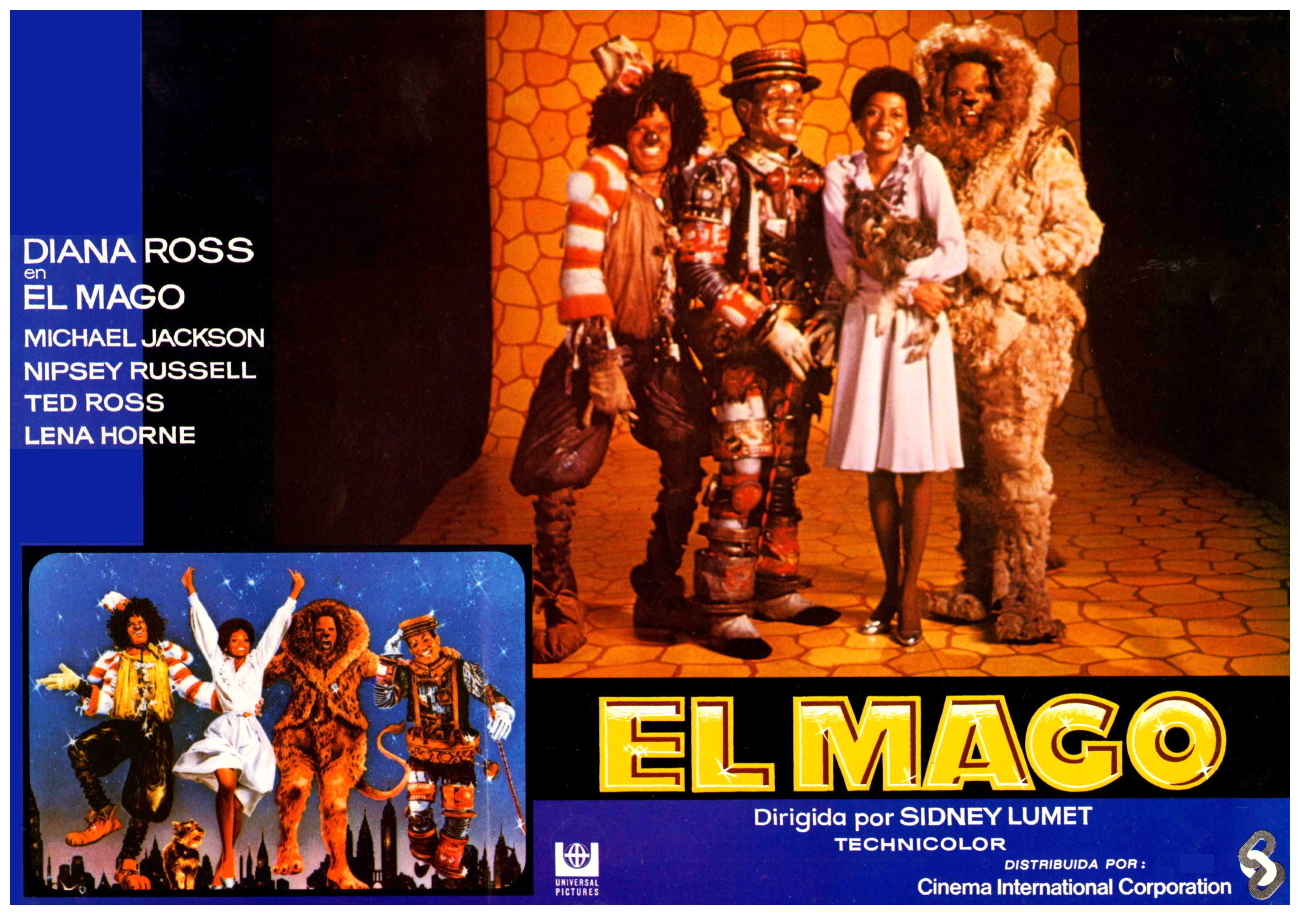
A film version of The Wiz (1978) seemed to be the next logical step and Berry Gordy, head of Motown Records, took interest. Gordy originally wanted to cast teenager Stephanie Mills, who had played the role on Broadway, as Dorothy. When Motown star Diana Ross asked to be cast as Dorothy, Gordy refused saying the thirty-three-year-old was totally unsuitable, so she went over his head to Universal Pictures executive producer Rob Cohen, and they all came to an uneasy agreement: Cohen guaranteed to finance the film only if Ross was cast in the lead and, in turn, Ross guaranteed Michael Jackson‘s participation as the Scarecrow. John Badham, who had signed on to direct, walked off as soon as he was told Ross had been cast (“A wonderful singer, she’s a terrific actress and a great dancer, but she’s not this character. She’s not the little six-year-old girl Dorothy in The Wizard Of Oz.”) and was replaced with the rather unusual choice of Sidney Lumet, director of the some of the best, most intense dramas to ever grace the silver screen, from Twelve Angry Men (1957) to Network (1976).
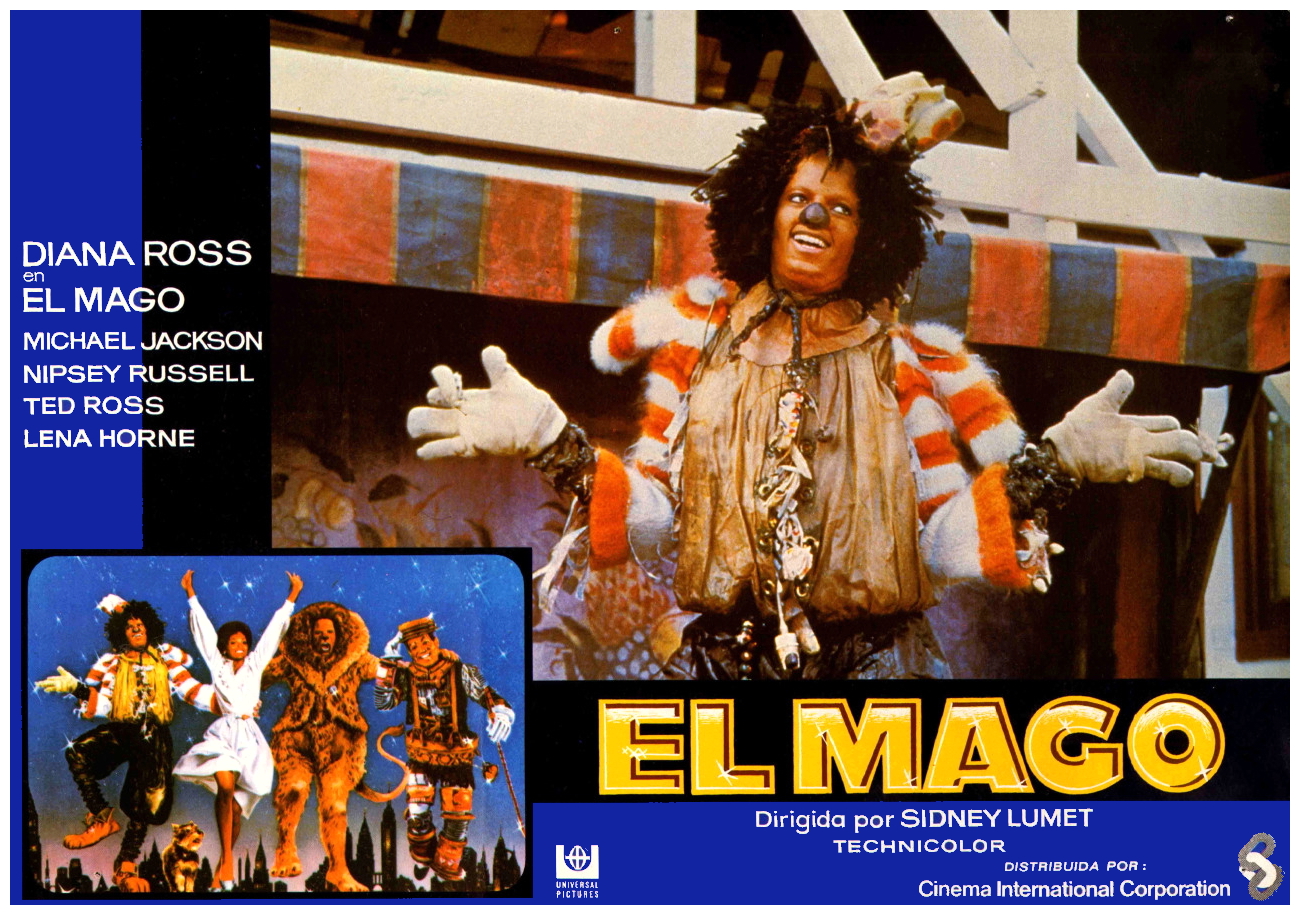
Why on earth would anyone hire such a filmmaker to make an upbeat colourful musical? What’s the connection? Lumet always preferred to work in the ‘Big Apple’ and shunned the dominance of Hollywood. As a director he became strongly identified with New York, the diversity of the city, its many ethnic neighbourhoods, its art and its crime, its beauty and its ugliness. He felt that in order to create it is important to confront reality on a daily basis: “I always like being in Woody Allen‘s world. New York is filled with reality, Hollywood is a fantasyland.” Lumet was normally attracted to crime-related stories with New York urban settings where the criminals get caught in a vortex of events they can neither understand nor control, but are forced to resolve. The Wiz was going to be something very different for him. The screenplay is by former set decorator/future director Joel Schumacher, who threw away most of the Broadway show, re-arranged the songs and re-wrote the entire script from scratch.
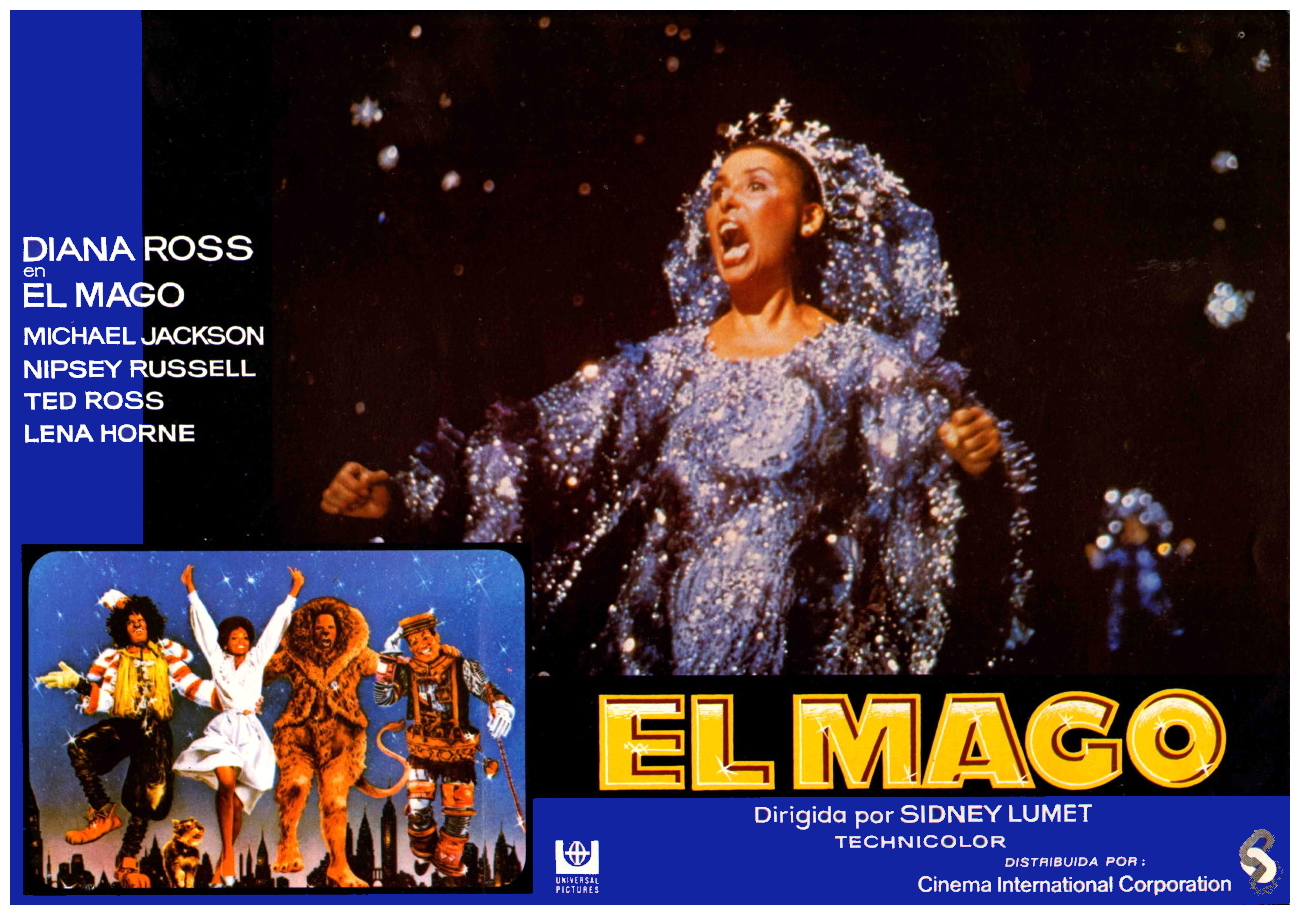
“There was nothing to be gained from the 1939 film, other than to make certain we didn’t use anything from it. They made a brilliant movie and even though our concept is different – they’re Kansas, we’re New York, they’re white, we’re black, and the score and the books are totally different – we wanted to make sure that we never overlapped in any area.” Lumet defended his decisions in an official Universal Pictures press release: “The last line of Frank Baum’s original story ends, ‘And oh, Aunt Em, I’m so glad to be at home again’. The last line of the superb movie that MGM made with Judy Garland was, ‘O Aunt Em, there’s no place like home, there’s no place like home’. The last song in The Wiz that Charlie Smalls wrote, the curtain song, is called Home, and its last word is ‘Home’. To me, in essence, this is what the movie The Wiz is all about. But what occurred to me in working on this new concept of an old story was that L. Frank Baum did not intend ‘Home’ to be only a place. It seemed to me that he was talking about ‘Home’ in terms of self knowledge.”
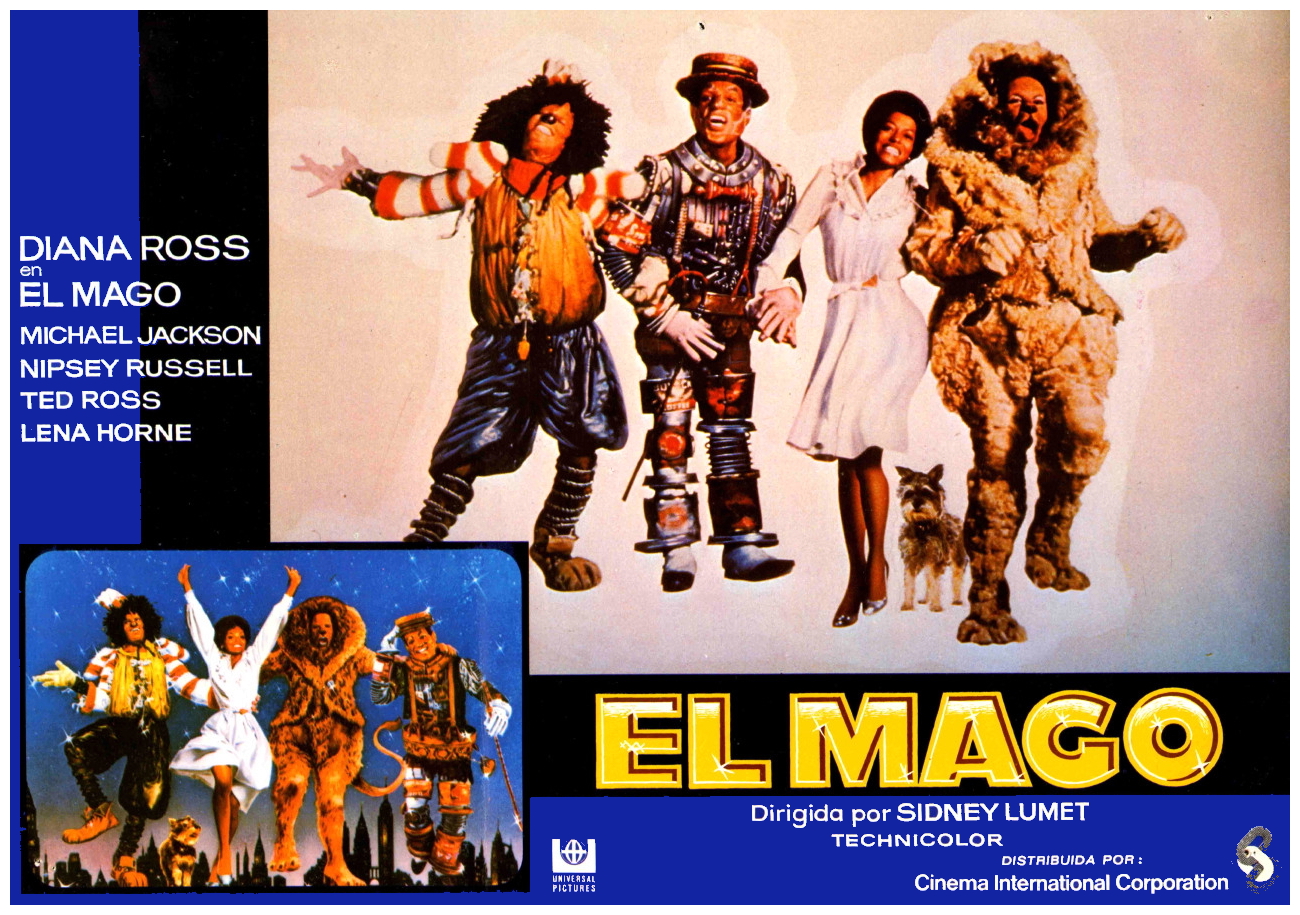
“As Glinda (played by Lena Horne, Lumet’s mother-in-law at the time) says in Joel Schumacher‘s screenplay, ‘Home is not just a place to eat or sleep. If you know yourself, you’re at home anywhere’. Thematically, this runs all through the original story, and the MGM movie kept it intact. And I think we have too. It was precisely this thematic line which allowed us the freedom to make the movie in the new way that we did. Taking the Oz characters one at a time, when you read Frank Baum, you find the Lion (Ted Ross reprising his role from the stage show) consistently courageous – he’s the first one across the chasm, he carries Dorothy, the Scarecrow and the TinMan on his back, and he constantly fights off attacks. The TinMan (Nipsey Russell) weeps when he steps on an ant. The Scarecrow (Michael Jackson) constantly thinks of a way out of one predicament after another. The entire atmosphere, the entire aura of Oz, is hostile to our four leading characters.”
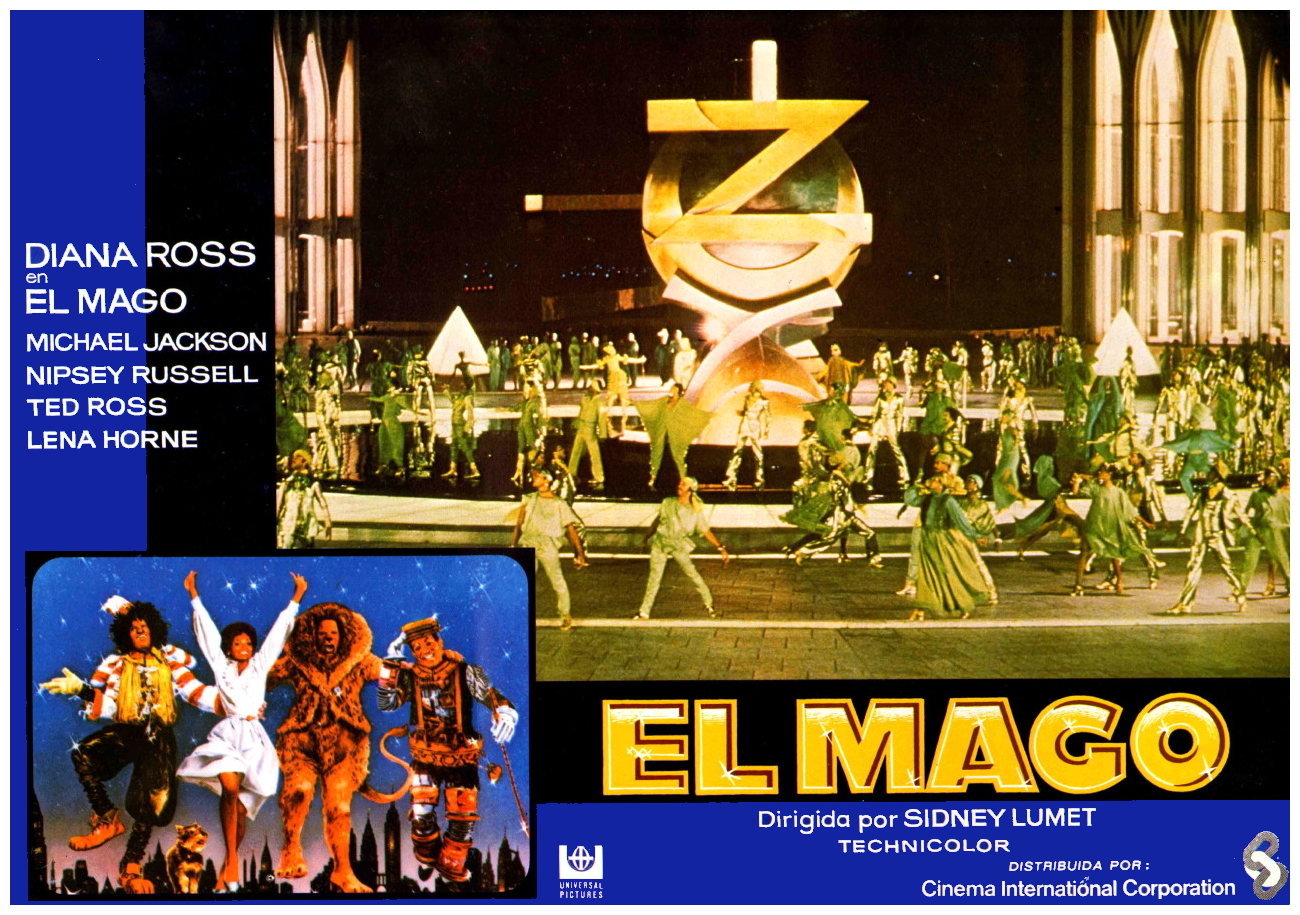
“And when one stops and thinks that each of these characters contains within himself exactly what he was going to ask of The Wiz, a beautiful and illuminating story unfolds. And then one begins to see why it has lasted all these years and why it will be open to so many interpretations in the future as well. The Lion has courage, only he doesn’t know it. The TinMan has a heart, only he doesn’t know it. The Scarecrow has brains, he’s the only one who doesn’t know it. The Wiz (Richard Pryor), the great giver of everybody’s dreams and wishes, is of course the one total fake in Baum’s book, in the MGM movie, in our movie. And once this thematic line was clear to us, the externals of the story became relatively unimportant. For me, personally, this idea of self knowledge had such validity that it didn’t matter whether the story took place in Kansas or New York or Shanghai. It didn’t matter whether Dorothy was eight years old, as Baum wrote her, or fifteen years old when Judy Garland played her, or twenty-four years old as Diana Ross plays her.”
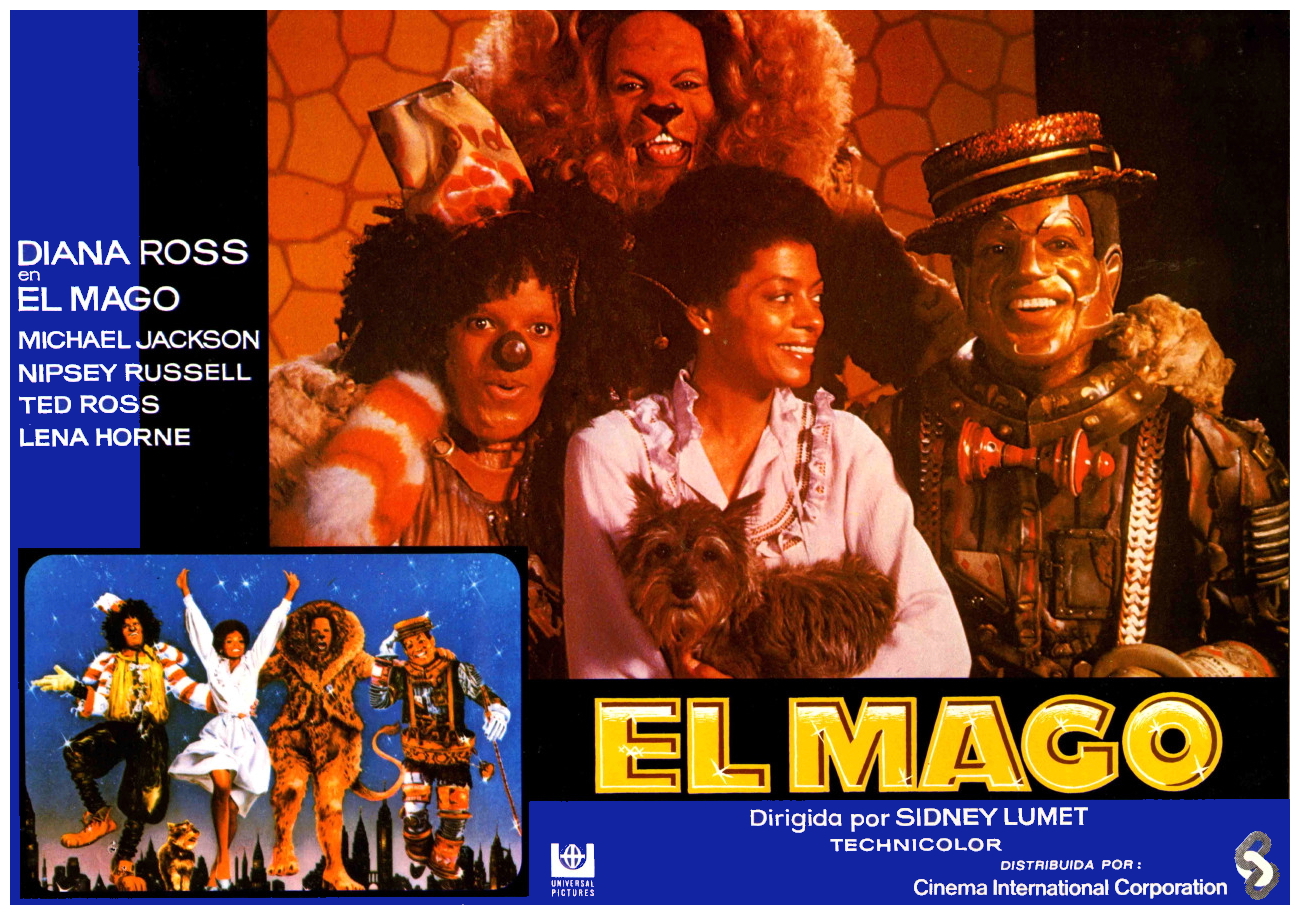
“Because that search for self knowledge is true for all people at all ages. And heaven knows when we ever achieve it, or if we ever do. Even though Diana could look fifteen on screen if she wanted to, we didn’t want to tell a story about a search for self knowledge with Diana playing a fake age. As we know, in the MGM movie changing Dorothy from eight to fifteen didn’t matter. And certainly for myself, I saw no difference in making Dorothy twenty-four. It didn’t hurt us and yet it kept us true in terms of what Diana would portray visually and emotionally. We are dealing basically with a Dorothy who never took a step on her own. It’s all been fascinating to me that in the original L. Frank Baum book, Dorothy is the least interesting of the characters. Judy, when she played it, through her personal magic, her magnificent talent, and one great song, made the picture her own. I felt we should go a step further.”
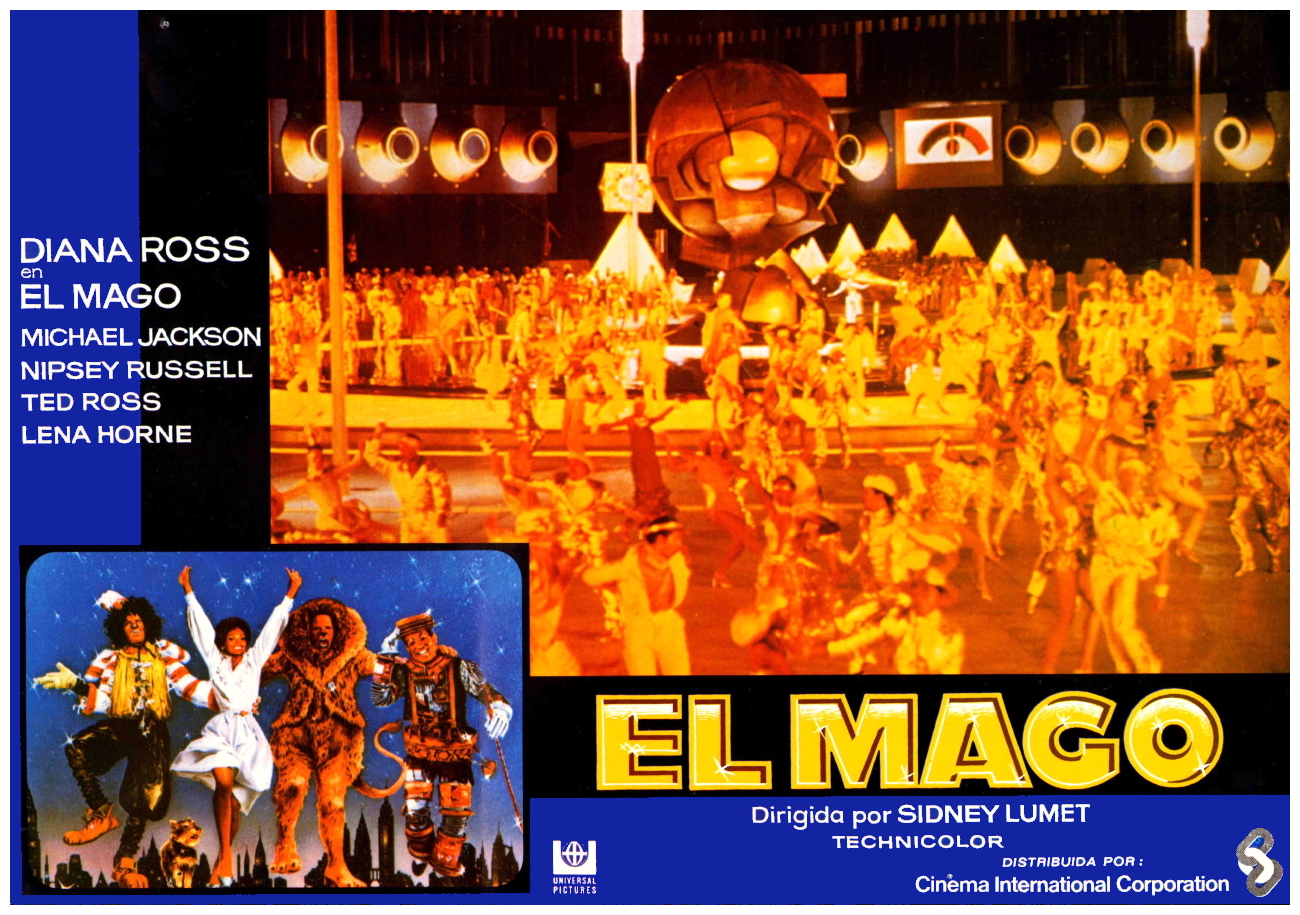
“I felt we should take an adult who, for reasons which are clear to all of us, unfortunately keeps to herself: character of a young Black girl, educated, a teacher, no external problems, no great financial worries, no impoverished existence but, for reasons of her own, has never stepped out of her neighbourhood; has never gone south of 125th Street. Has, in other words, been fearful of facing hostility, of facing the outside world, fearful of the problems of living. So that essentially her adventure, her odyssey through Oz, was a trip downtown. Just as the atmosphere of Oz is hostile and alien to Dorothy and her three friends in Frank Baum’s book, the atmosphere of a city downtown, once the line has been crossed, is hostile to our Dorothy and her friends. Then we went further, and to me it is subtly and beautifully picked up up in Diana Ross‘s incredible performance: her self knowledge comes from helping the others find theirs. For me, the most moving time in the film is that extraordinary last twenty minutes when Dorothy sings to the three of them Believe In Yourself not realising that it also applies to her.”
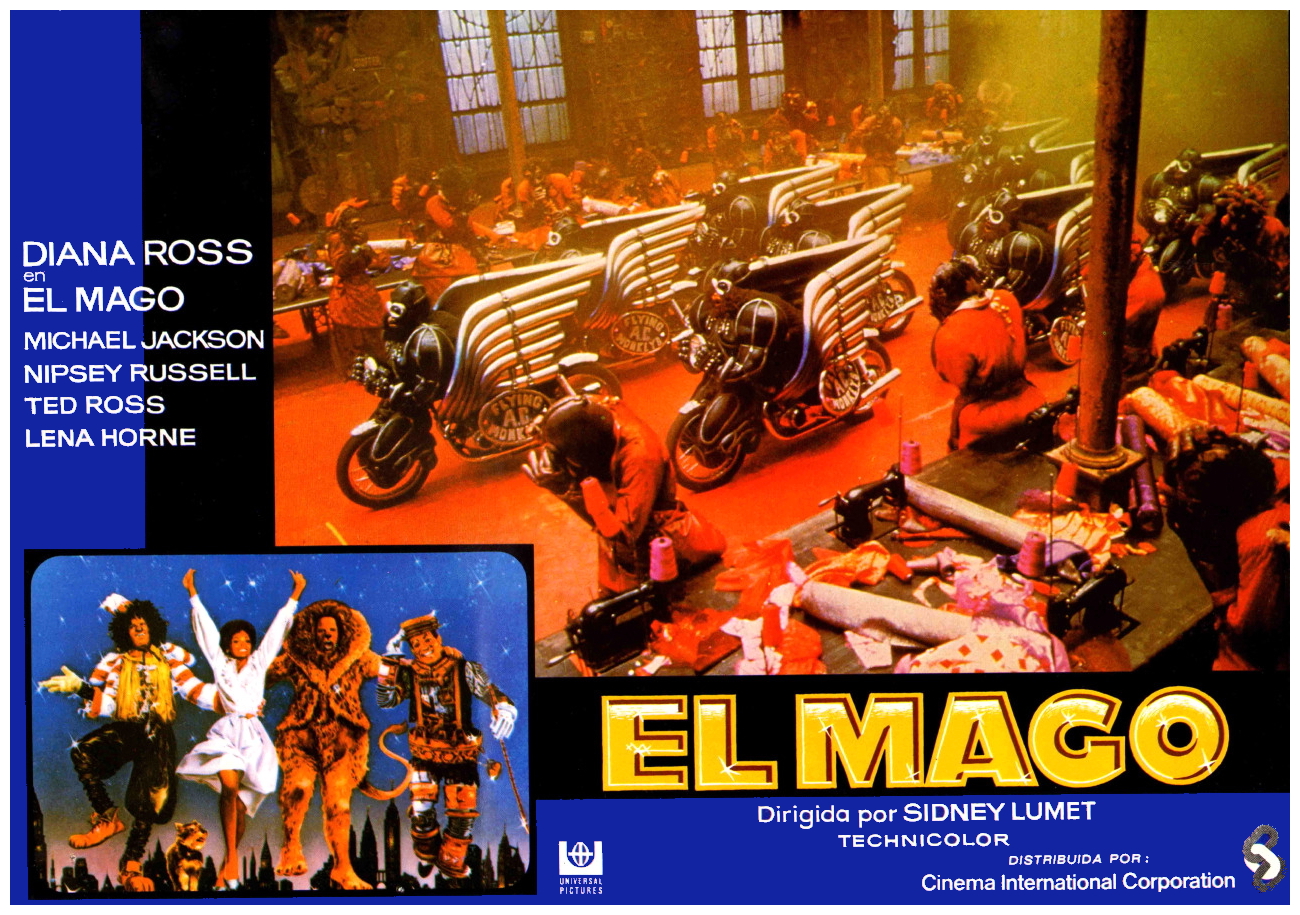
“And then Glinda sings to Dorothy and, when Dorothy believes, she is then able to sing Home. The three musical numbers coming hard on the heels of one another, two of them the identical song are, for me, the entire reason I wanted to do the picture (the script was heavily influenced by the teachings of Werner Erhard and the then-trendy Erhard Seminars Training movement promoting Zen-like motivation and self knowledge. Both Schumacher and Ross were followers, and the final speech delivered by Glinda and the song Believe In Yourself are full of Erhard’s concepts). As I said earlier, once the theme had been discussed and looked at and examined, it then only became a question of where we would find these people, of making the transfer from a rural to an urban world. The reason for the transplant to the city was very simple. I don’t know very much about farm life. I know a great deal about city life. The solutions presented themselves so quickly and easily.”
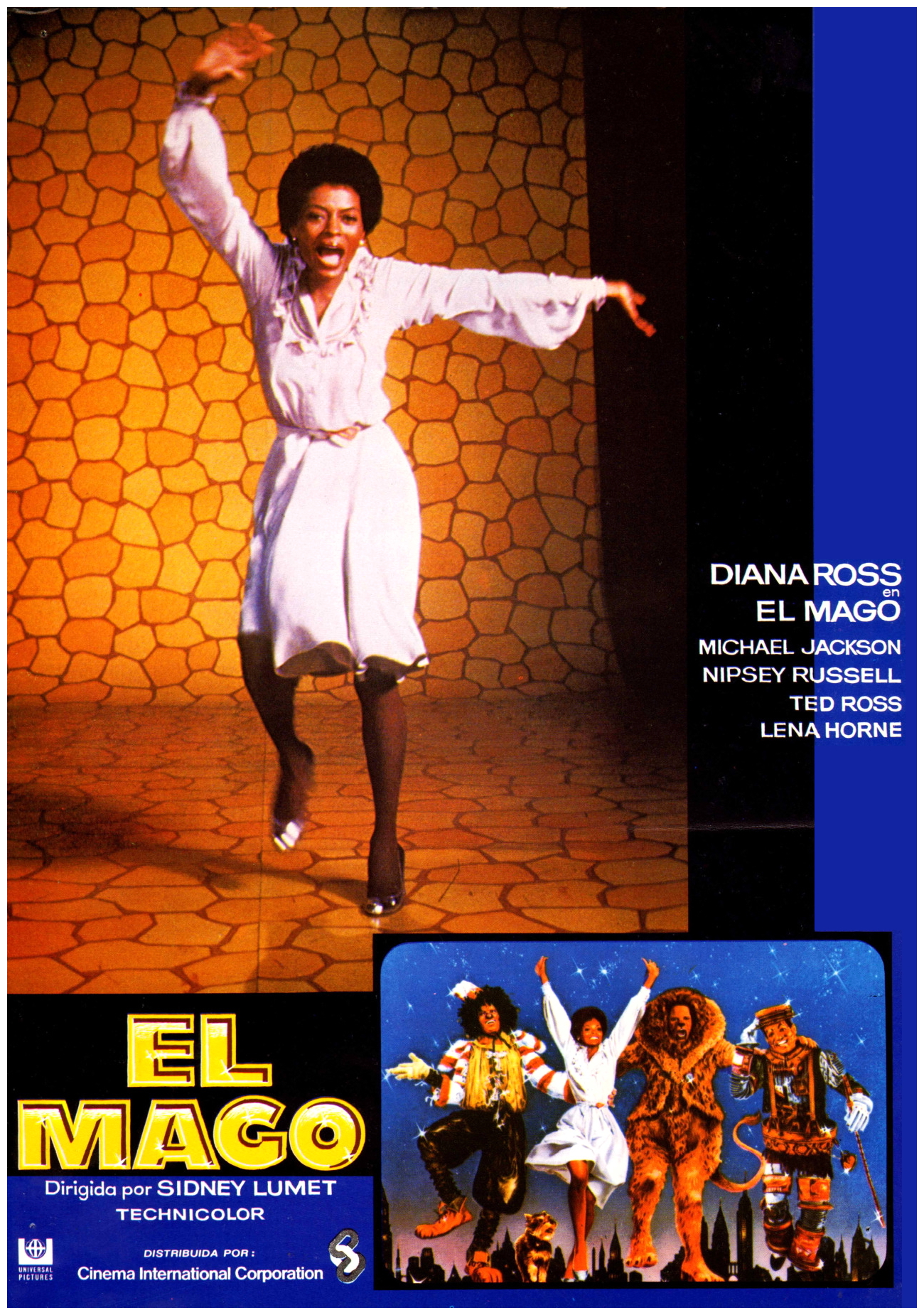
“We find the Lion at the 42nd Street Library (the scene in which the Cowardly Lion emerges from one of the statues in front of the New York Public Library was in fact shot on a set instead of the actual location because it was logistically impossible to film the entire scene without traffic and pedestrians getting in the way). We create the TinMan as part of an abandoned amusement park, and we find the Scarecrow in a bedraggled garden. The World Trade Centre as the centre of Oz, absolutely. It is really downtown. And who knows what’s at the top of that building? We’ve all walked around the roof, but I’ve been inside some of those areas up there which are still incomplete and seen the pipes and the mechanics of what make that architectural marvel work. The hidden recesses, the ability to get lost up there was what intrigued me. The Port Authority people took me through it, and it was a mysterious place, and as unreachable a place, and as un-understandable a place as I have ever seen in my life. And that became the perfect place for The Wiz to hide from life.”
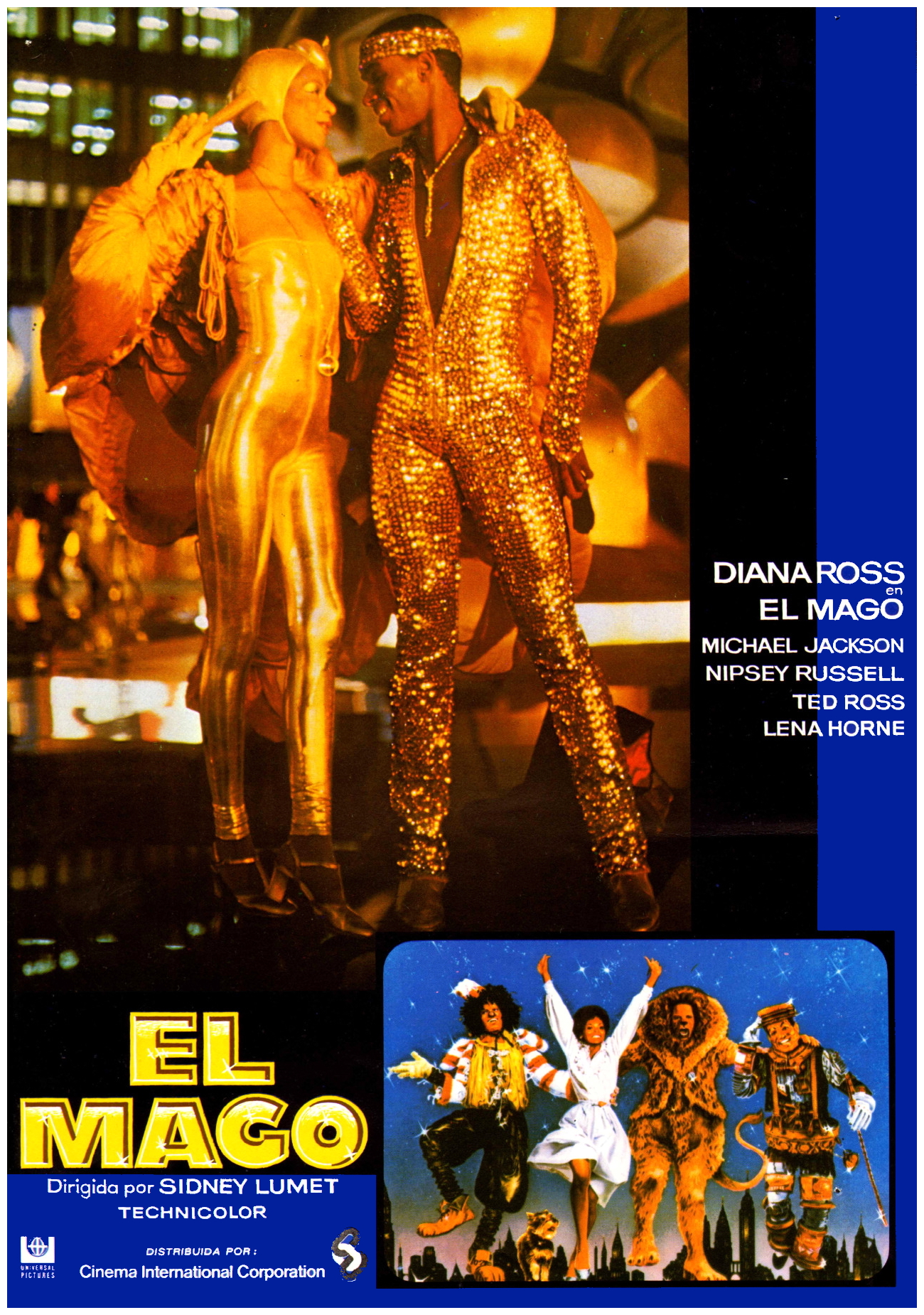
“It was literally a place in the clouds so that one did not come in contact with anything human (the filming of the Emerald City sequence on the plaza at the World Trade Centre had to be cut short because of wind and scheduling. The Port Authority would not allow extra time to fix the mistakes, so the red sequence had to be shortened due to a lighting error, and there was no time to re-shoot). What was so encouraging to all of us as we worked, as we examined Charlie Smalls‘ songs and lyrics, as we examined Joel Schumacher‘s book, as Tony Walton worked on his sets and costumes, as Quincy Jones came in with orchestrations and additional musical material, as Louis Johnson kept finding urban motifs for his choreography, as Ossie Morris worked on fantasising reality, was our return to the source of it all. We grew more and more excited because we realised that we were getting home to Baum. We were using the best of ourselves, we were using the most of our own imaginations.”
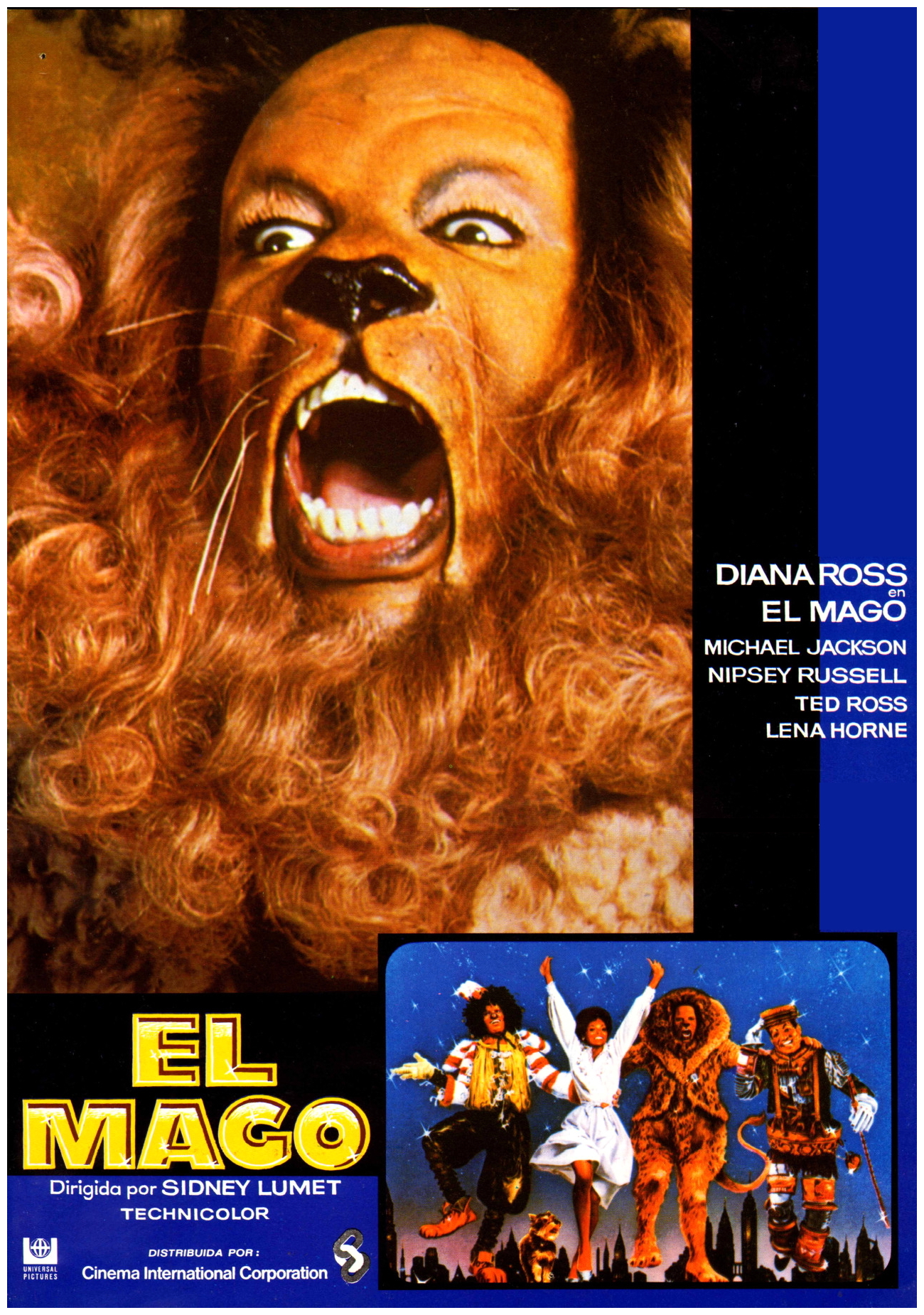
“And no matter how far we went, we saw that we were always completing the circle and returning to what L. Frank Baum wrote originally: we were always coming home.” But is The Wiz any good? It might have seemed like a good idea to make an updated version of The Wizard Of Oz featuring all-black performers and heading not only Ross and Jackson (the latter still several years away from superstardom) but also Pryor as the Wizard. It might have looked good on paper and the Broadway stage where the show originated but, on film, it’s a disaster with hardly one memorable tune in the entire 134 minutes of drawn-out running time. The special effects work well, the costuming and sets are spectacular, but it’s the performances and Lumet’s dodgy direction which really lets the show down. There’s the occasional good sequence, but today The Wiz is primarily seen as a curiosity starring a young and relatively innocent Michael Jackson. It’s with this rather sad thought in mind that I’ll make my farewells, and eagerly anticipate having your company again next week when I discuss another glorious anti-classic shoplifted from the bargain-basement remainders bin for…Horror News! Toodles!

The Wiz (1978)
 Horror News | HNN Official Site | Horror Movies,Trailers, Reviews
Horror News | HNN Official Site | Horror Movies,Trailers, Reviews
